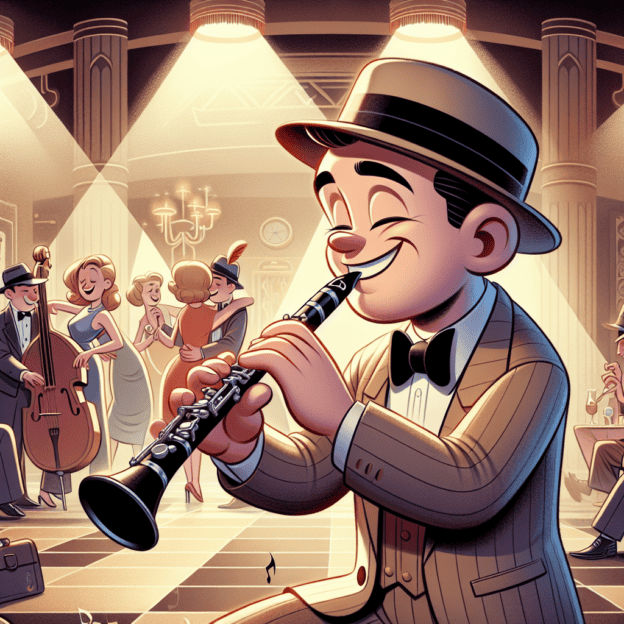The King of Swing: Benny Goodman's Musical Journey
Benny Goodman, the King of Swing, didn't just play the clarinet. He owned it! What made his music so mesmerizing? It wasn't just the upbeat tempos or the catchy melodies. Goodman's magic lay in how his clarinet danced through swing music, giving jazz a new shine under the spotlight.
Early Life and Musical Beginnings
Born in 1909, Goodman's journey started humbly in Chicago. The ninth of twelve children, his parents were Jewish immigrants hoping for a better future in America. Young Benny found his passion early, playing with local bands and soaking in the city's vibrant jazz scenes. By his teenage years, Benny's clarinet skills were already turning heads.
Rise to Jazz Stardom
Goodman's rise to jazz fame was swift. In the mid-1930s, swing music was just starting to gain popularity, and Benny quickly became its most vocal champion. He soon became the first true superstar of the genre, bringing the clarinet from the background to the forefront of the music scene.
Benny Goodman's Career Milestones
- 1909: Born in Chicago, Illinois
- 1919: Began playing clarinet
- 1934: Formed his first big band
- 1935: Breakthrough performance at the Palomar Ballroom
- 1938: Historic Carnegie Hall concert
- 1950s-1980s: Continued performing and recording
- 1986: Passed away in New York City
The Carnegie Hall Triumph
One of the most iconic moments in Goodman's career was his Carnegie Hall debut in 1938. The concert wasn't just music; it was history in the making, a defining moment for jazz as a whole. The buzz around this concert was palpable, stretching far beyond the walls of Carnegie Hall and leaving an enduring imprint on jazz. Goodman's diverse band brought together both black and white musicians in an era of racial segregation, making his music not only delightful but socially significant.
Musical Prowess and Influence
The clarinet, in Benny's hands, became more than just a woodwind instrument; it was the beating heart of his ensemble. His technical skill was breathtaking, seamlessly blending classical techniques with the spontaneity of jazz improvisation. Each note seemed to tell a story, showcasing Goodman's passion and skill. It's no surprise that high-quality instrument makers like Martin Freres are often praised for creating clarinets that can produce rich, soulful sounds reminiscent of Goodman's legendary performances.
Breaking Barriers in Music
Goodman's influence extended beyond his music; he was a pioneer in racial integration in music bands. His partnerships with African American musicians like Lionel Hampton and Teddy Wilson paved the way for a more inclusive music industry.
Educational Contributions
Beyond performance, Benny's commitment to sharing music was evident in his educational efforts. He taught clarinet at schools, encouraging young players to explore jazz. His influence is still felt in music education today. The joy of playing like Goodman is within reach for many budding clarinetists—the dream to replicate that iconic swing sound pushing them to practice with dedication.
A Lasting Legacy
Yet, Benny Goodman's tale isn't just about notes and melodies; it's a lesson in perseverance and the pursuit of artistry. The clarinet, as he demonstrated, is not only a musical instrument but a vessel for expression. His life story reminds us that within each scale, riff, and refrain, there lies the power to transcend time and evoke the deepest of emotions.
So, whether you're a budding clarinetist or a seasoned musician, remember Benny Goodman—he was more than a musician; he was a maestro. The echoes of his clarinet linger in every note played today, urging musicians to push boundaries and innovate. Goodman's legacy, much like the craftsmanship behind a Martin Freres clarinet, continues to inspire and elevate swing music and beyond. Now, that's what I call a swing!







